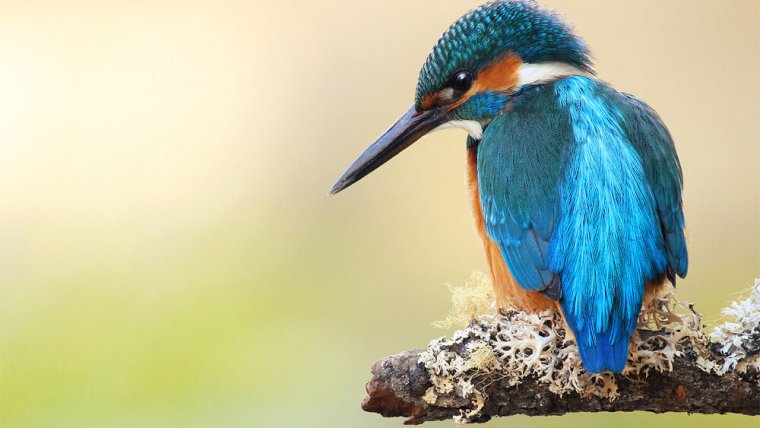
Wildlife photographers love to take bird photos because they are not only majestic also elegant and some of them even have a cute appearance. As a wildlife photographer, I have spent many hours sitting in my hide to photograph small birds and I can say that it is quite a challenge to photograph them because most birds live hidden and are usually timid if they do not live in a city. Let me give you some tips on how to find and attract birds.
Table of Contents
For bird photography, I would suggest using a crop camera in order to get closer to the birds. You will need more focal length if you try to photograph birds with a full frame camera, especially songbirds can be challenging to photograph because some of them are not larger than 8 inches. Furthermore, I would recommend buying a telephoto lens with at least 400mm focal length, just to be on the safe side. With a lens you will just become more flexible and you have the possibility to easily zoom in and out depending on the situation and on the focal length you need. Also be sure to buy a lens which has an inbuilt image stabilizer, it will help to produce shake-free images.
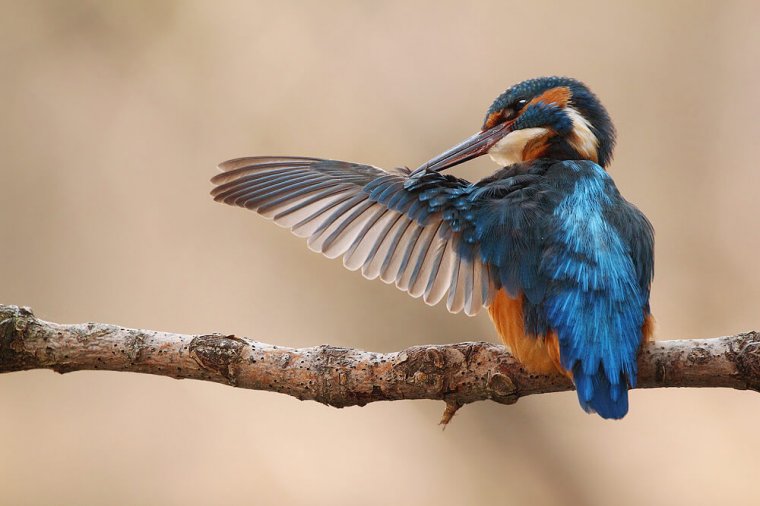
Camera: Canon 60D, Lens: Canon 100-400, Exposure: 1/1000, Aperture: f/5.6, Focal Length: 370 mm, ISO Speed: 1600
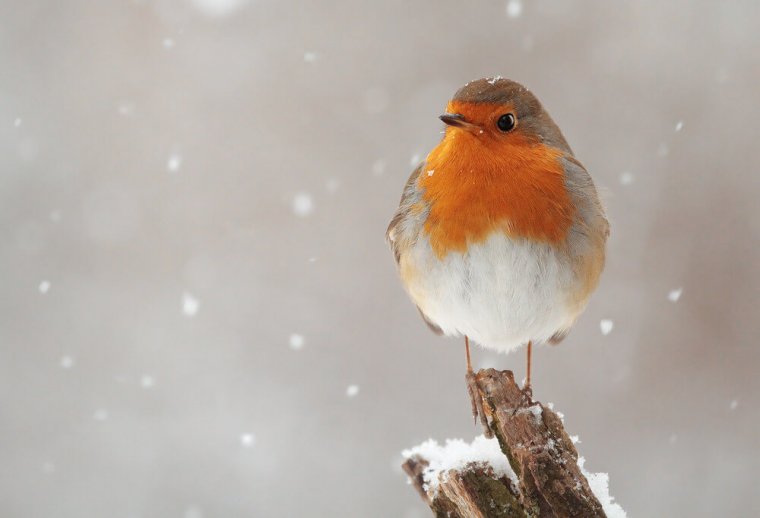
Camera: Canon 600D, Lens: Canon 100-400, Exposure: 1/500, Aperture: f/5.6, Focal Length: 365 mm, ISO Speed: 3200
Some birds are extremely timid, so you are more or less forced stay in a hide and taking images out of a hide obviously requires a tripod. If you want to photograph birds which are used to humans then you can easily try to photograph them with your camera handheld. Birds are usually tame in cities or public parks. In places where birds are used to people are easier to be photographed. Go to a public park and learn more about the birds you can find there.
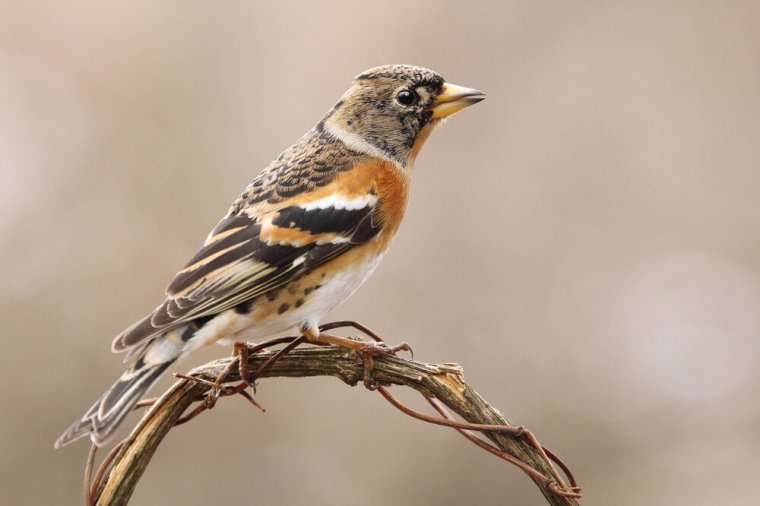 Camera: Canon 60D, Lens: Canon 100-400, Exposure: 1/250, Aperture: f/7.1, Focal Length: 285 mm, ISO Speed: 1250
Camera: Canon 60D, Lens: Canon 100-400, Exposure: 1/250, Aperture: f/7.1, Focal Length: 285 mm, ISO Speed: 1250
A good way to attract birds is to build up a bird feeder. Especially in winter, you will be able to photograph many songbirds when there are fewer insects and other food resources. Just fill up your bird feeder with sunflower seeds, for some days till the birds get used to the feeder and let the show begin. Another great way to photograph birds is at their nest, but be careful they bird should not feel threatened, so be sure to keep a safe distance from the nest and always use a hide.
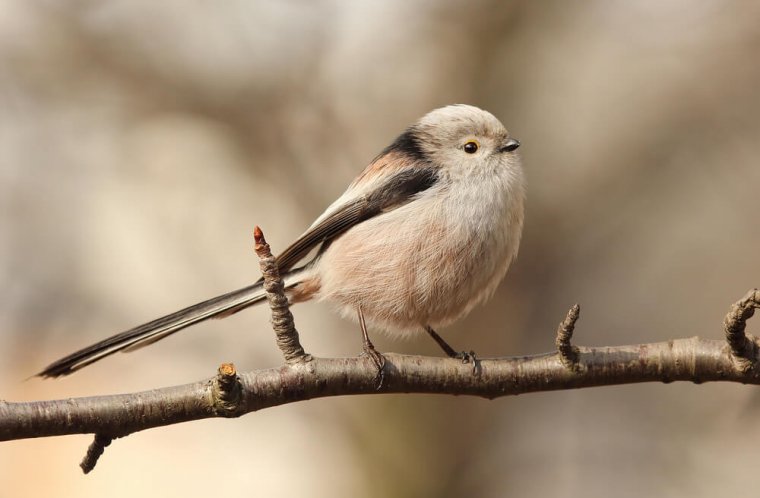
Camera: Canon 550D, Lens: Canon 100-400, Exposure: 1/500, Aperture: f/6.3, Focal Length: 310 mm, ISO Speed: 400
If your camera supports shooting in RAW, then you should definitely turn it on!
Shooting in Raw will open up new possibilities for you later while processing your image. The idea behind shooting in raw is that all the information captured by the sensor will be retained, that means that your raw files will be lossless and uncompressed files. Jpeg’s often show posterization and with every step of compressing the image quality will be decreased.
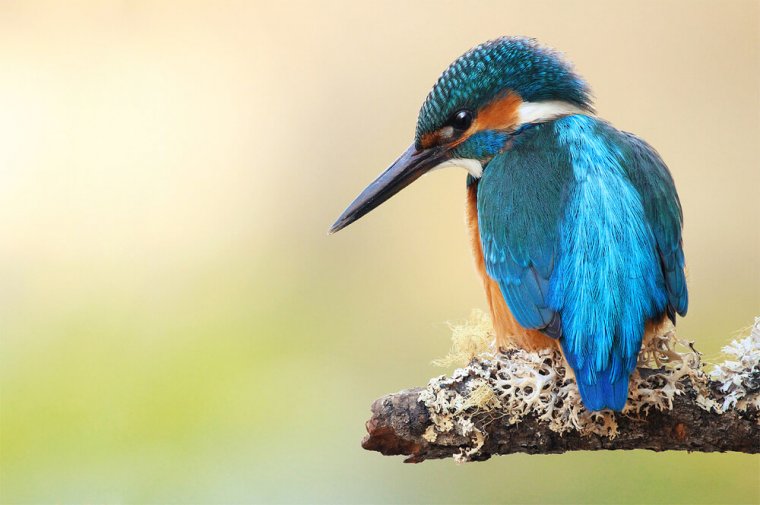
Camera: Canon 60D, Lens: Canon 100-400, Exposure: 1/320, Aperture: f/5.6, Focal Length: 400 mm, ISO Speed: 1600
 Camera: Canon 60D, Lens: Canon 100-400, Exposure: 1/250, Aperture: f/5.6, Focal Length: 360 mm, ISO Speed: 500
Camera: Canon 60D, Lens: Canon 100-400, Exposure: 1/250, Aperture: f/5.6, Focal Length: 360 mm, ISO Speed: 500
It is quite challenging to photograph birds in flight, but it’s possible. Just set your fastest shutter speed possible and wait for the right moment. It could help if your camera provides a high rate of frames per second. Trust me, you will get out the most of an action sequence with a high frame per second rate in combination with a fast shutter speed.
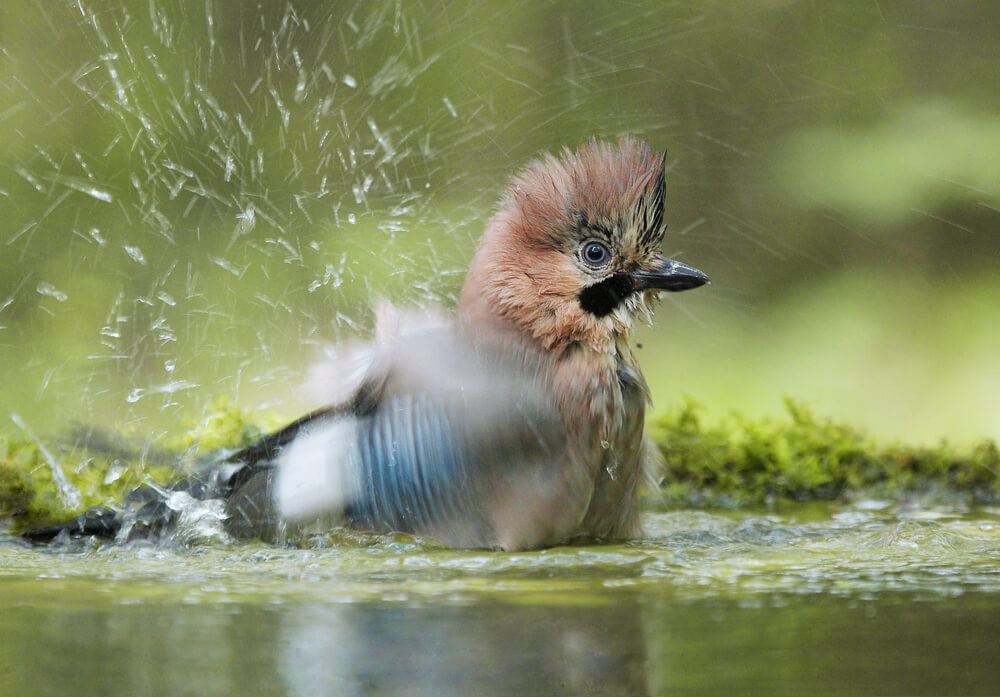 Camera: Canon 60D, Lens: Canon 100-400, Exposure: 1/60, Aperture: f/5.6, Focal Length: 275 mm, ISO Speed: 2000
Camera: Canon 60D, Lens: Canon 100-400, Exposure: 1/60, Aperture: f/5.6, Focal Length: 275 mm, ISO Speed: 2000
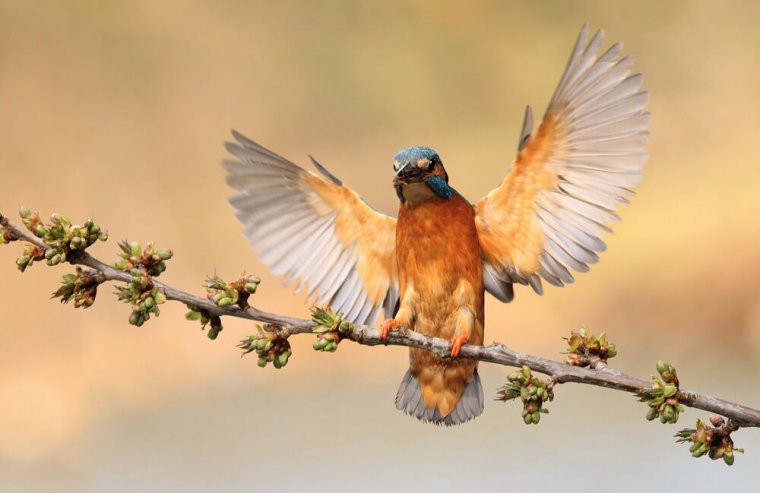
Camera: Canon 60D, Lens: Canon 100-400, Exposure: 1/1000, Aperture: f/5.6, Focal Length: 235 mm, ISO Speed: 2000
In the early morning hours, you will have the best light and the softest colors. In the late afternoon just before sunset, you will again have magical light and smooth colors. Birds are also usually more active in the morning and in the afternoon, so always be sure to arrive at your location at the right time.
I hope you enjoyed this article, thanks for reading and see you next time!
Text and images by Julian Rad.
Comments (0)
There are no comments yet.